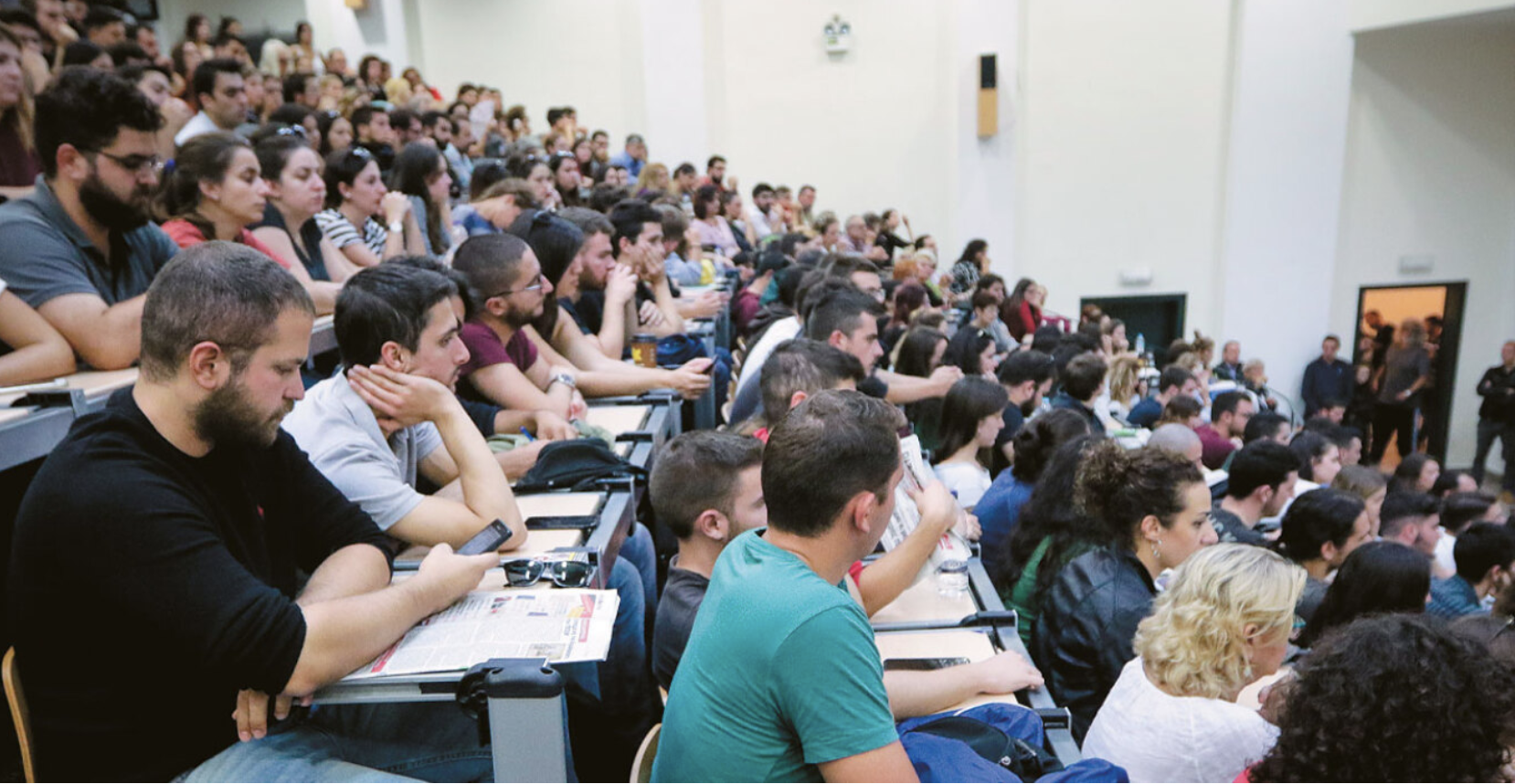Though admission to higher education is a life goal for tens of thousands of young people and their families, the road proves challenging for many. Some students prolong their studies, while others abandon them altogether. Despite a rise in the percentage of those who graduate in the last three years, the problem of student dropouts remains significant, especially among those enrolled in regional universities.
For instance, in the academic year 2022-2023, 72% of students who enrolled graduated, compared to 61.8% in 2020-2021. A clearer picture of the correlation between enrollment and graduation rates will emerge once the so-called “eternal students” are removed from the system.
Why Do Students Drop Out?
Several factors contribute to the gap between enrollment and graduation:
- University Prestige: Larger and more prestigious universities, such as the University of Athens (EKPA), National Technical University of Athens (NTUA), and Aristotle University of Thessaloniki (AUTh), tend to have higher graduation rates. This is partly due to the upcoming enforcement of the “n+2” rule in the 2025-2026 academic year, limiting study periods to four years plus two additional years for a four-year program or five years plus three for longer programs.
- Minimum Admission Requirements: The introduction of the Minimum Admission Base (EΒE) has likely contributed to the increase in graduation rates by raising the academic level of incoming students. However, it is still too early to assess the full impact of this change.
- Economic and Logistical Challenges: Many students, particularly in regional universities like the Ionian University and the University of the Peloponnese, face economic difficulties, high housing costs, and lack of availability, which can lead to extended study periods or dropout. Other contributing factors include low academic preparedness, lack of interest in their chosen program, and work obligations that interrupt their studies.
- Work and Career Prospects: Some students delay graduation due to employment opportunities in their fields before completing their degrees, particularly in high-demand areas such as Computer Science and Engineering.
- Curriculum Rigor: Students may struggle with demanding courses, especially if their academic background is insufficient to meet the program’s requirements, leading to delayed graduation or dropout.
Regional Universities Face Higher Dropout Rates
Data shows that universities in more established regions tend to have higher graduation rates. For example, the University of Athens had a graduation rate of 83.3% in 2022-2023, while the National Technical University of Athens (NTUA) had a rate of 80.6%. In contrast, the Ionian University and the University of the Peloponnese had much lower rates at 52.8% and 55.4%, respectively. The situation is even more challenging for the Hellenic Open University, with a graduation rate of just 19.3% in the same academic year.
Challenges and Recommendations
The high cost of living, particularly for student housing, and the rigorous academic demands are key factors behind low graduation rates. The president of the National Authority for Higher Education (ΕΘΑΑΕ), Professor Periklis Mitkas, notes that universities should address these issues by targeting specific departments with low graduation rates, possibly through mergers, renaming, or updating programs to make them more relevant and manageable.
Graduation rates also vary depending on how effectively the university communicates the value of its programs. When faculty members emphasize the importance and seriousness of their work, students are more likely to respond positively and stay engaged with their studies.
Ask me anything
Explore related questions





